Custom-printed T-shirts are a popular way to showcase personal style, promote brands, or commemorate events. This guide provides all the essential information, from generating design ideas and choosing suitable materials to selecting the appropriate printing method and ensuring quality control. Whether you’re creating T-shirts for personal use, business promotion, or special occasions, understanding the complete process will help you achieve professional results and satisfy your customers. So let’s cover the whole process of creating a high-quality custom T-shirt.
Concept and Design
1. Idea Generation
The first step in creating a custom T-shirt is generating an idea. This could be a unique graphic, a catchy slogan, or a combination of both. Consider the purpose of the T-shirt and the target audience.
For instance, a T-shirt for a corporate event might feature a professional logo and tagline, while a T-shirt for a music festival might have a bold, artistic design.
2. Design Creation
Once you have an idea, it’s time to bring it to life using graphic design software. Popular choices include Adobe Illustrator and Photoshop. However, free alternatives like GIMP and Canva can also be effective.
- Resolution: Ensure your design is high-resolution (at least 300 dpi) to maintain quality during printing. Low-resolution images can appear pixelated and unprofessional.
- Colour Mode: Create your design in CMYK colour mode. It is the standard for printing and ensures colour accuracy.
- Vector Graphics: Use vector graphics (e.g., .ai or .svg files) as they can be scaled without losing quality.



Choosing the T-shirt
1. T-shirt Material
The material of the customised printed T-shirt affects both comfort and print quality. Common materials include:
- 100% Cotton: Soft, breathable, and comfortable. It’s ideal for everyday wear.
- Polyester: Durable and moisture-wicking, making it suitable for sportswear.
- Cotton Blends: Combines the benefits of cotton and polyester. It offers a balance of comfort and durability.
2. T-shirt Style
Select a style that suits your design and purpose. Options include:
- Crew Neck: Classic and versatile, suitable for most designs.
- V-neck: Offers a stylish alternative to the crew neck.
- Long Sleeve: Provides additional coverage, ideal for cooler weather or layering.
- Short Sleeve: The most common style, perfect for casual wear.
3. Colour Selection
Choose the best long sleeve cotton t-shirt colour that complements your design. Light colours are versatile and work well with most designs, while dark colours can make vibrant prints pop but may require additional steps like under-base printing.
Printing Method
Selecting the right printing method is crucial for achieving the desired look and durability. Here are the most common methods:
1. Screen Printing
- Process: A stencil (or screen) is created for each colour in the design. Ink is then pushed through the screen onto the T-shirt.
- Advantages: Cost-effective for large orders, durable prints, vibrant colours.
- Disadvantages: High setup cost makes it less economical for small quantities. It is limited to simpler designs with fewer colours.
2. Direct-to-Garment (DTG) Printing
- Process: Uses a specialised inkjet printer to apply the design directly onto the T-shirt.
- Advantages: Ideal for small orders and complex designs with many colours, high detail, and colour accuracy.
- Disadvantages: Generally more expensive per unit, especially for large quantities, slower printing process.
3. Heat Transfer
- Process: The design is printed onto special paper and then transferred to the T-shirt using heat and pressure.
- Advantages: Suitable for small batches, detailed designs, and customisations.
- Disadvantages: Can be less durable, with a tendency to crack or fade over time. It is not ideal for large quantities.
4. Sublimation Printing
- Process: The design is transferred to the T-shirt using heat. It turns the ink into gas and bonds with the fabric.
- Advantages: Produces vibrant and durable prints, especially on polyester fabrics.
- Disadvantages: Limited to light-coloured T-shirts and polyester materials, not suitable for cotton.
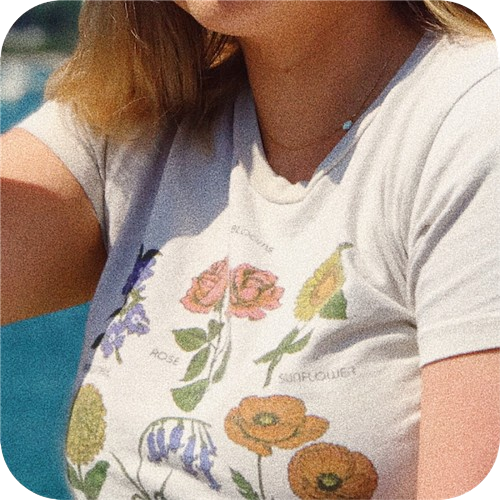
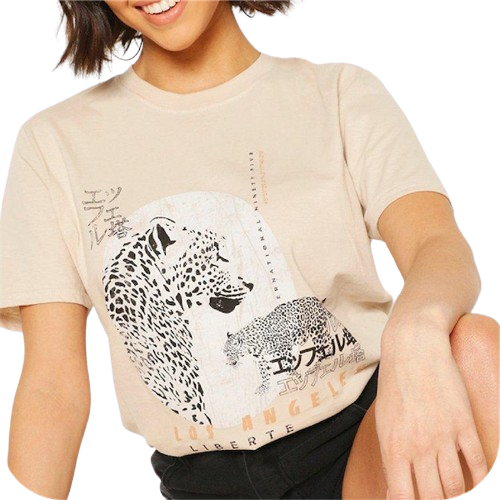
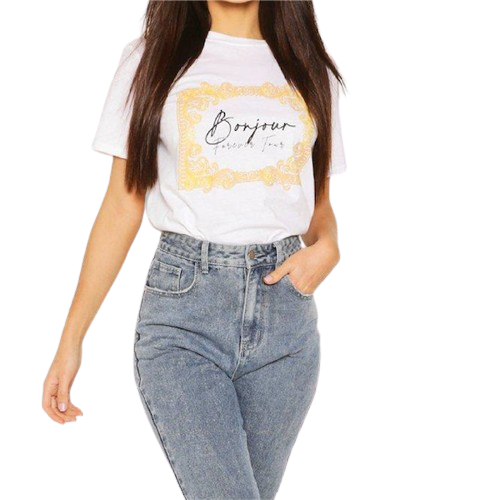
Preparing for Printing
1. Proofing
Before printing, it’s essential to review a proof of your design. This can be a digital proof or, for an additional cost, a physical proof.
- Digital Proof: It is a mock-up of the design on a Screen printing t shirts online. This allows you to check for alignment, colour accuracy, and overall appearance.
- Physical Proof: It is a sample T-shirt with the actual print. It provides a tangible preview of the final product.
2. Pre-Treatment (for DTG)
For DTG printing, pre-treatment is necessary, especially for dark-coloured shirts. This involves applying a solution to the T-shirt to help the ink adhere better.
- Dark Shirts: Pre-treatment ensures the white ink base adheres appropriately, making the colours on top appear vibrant.
- Light Shirts: May require less pre-treatment, but they can still improve print quality.
Printing the T-shirt
1. Setting Up the Printer
- Screen Printing: Set up the screens with the design. Each colour requires a separate screen, and precise alignment is crucial.
- DTG Printing: Load the design file into the printer’s software. Ensure the settings match the personalised work T-shirt’s material and colour.
2. Printing Process
- Screen Printing: Ink is applied to the T-shirt through the screens, one colour at a time. Once set up, this method can produce multiple shirts quickly.
- DTG Printing: The printer applies the design directly onto the T-shirt. This method is slower but allows for more intricate designs.
3. Heat Transfer and Sublimation
- Heat Transfer: The design is printed on transfer paper and then pressed onto the T-shirt with a heat press.
- Sublimation: The design on the transfer paper is turned into gas and embedded into the fabric using heat. This results in a vibrant, durable print.
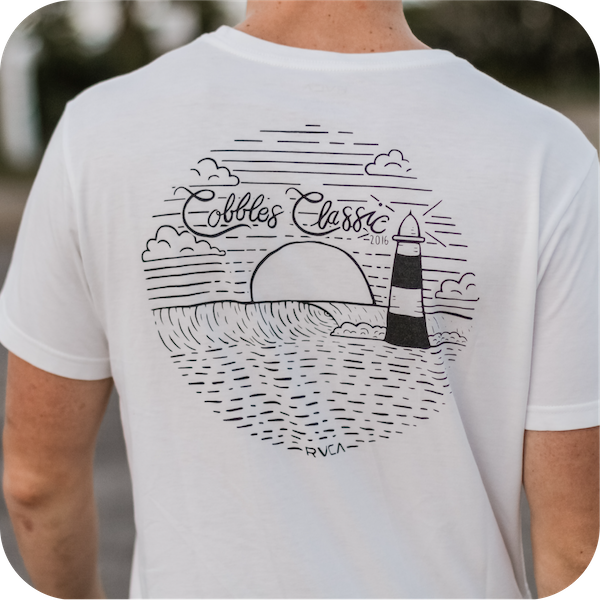

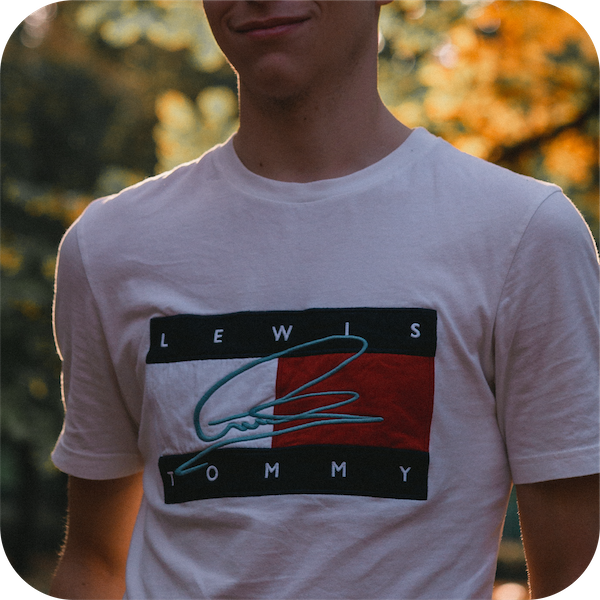
Post-Printing
1. Curing
After printing, the ink needs to be cured to set it permanently.
- Screen Printing: The T-shirt is placed under a heat source (e.g., a conveyor dryer) to cure the ink.
- DTG Printing: Requires a heat press or a conveyor dryer to cure the ink, ensuring it is fully set and durable.
2. Quality Control
Inspect each T-shirt for any printing errors, misalignments, or defects. Consistent quality control is essential to maintaining high standards.
Packaging and Delivery
1. Folding and Packing
Once the T-shirts pass quality control, they need to be folded neatly and packed for shipping.
- Folding: Fold T-shirts uniformly to fit packaging efficiently.
- Packaging: Consider eco-friendly packaging options to appeal to environmentally conscious customers.
2. Shipping
Choose a reliable shipping method to ensure timely delivery. Provide tracking information to the customer for transparency and peace of mind.
- Domestic Shipping: Use trusted carriers with proven track records.
- International Shipping: Be aware of customs regulations and additional costs.
Post-Delivery
1. Customer Feedback
Follow up with customers to gather feedback on the T-shirt quality and design. Positive feedback can be used for testimonials, while constructive criticism helps improve future orders.
- Surveys: Send out a short survey to customers asking about their satisfaction.
- Direct Contact: Reach out via email or phone for personalised feedback.
2. Aftercare Instructions
Provide care instructions to ensure the longevity of the print and the T-shirt itself.
- Washing: Advice washing inside out in cold water to preserve the print.
- Drying: Recommend air drying or low heat settings in the dryer.
- Ironing: If necessary, iron inside out on low heat to avoid damaging the print.
Industry Trends



To stay competitive and meet customer expectations, it’s essential to be aware of current trends and market data:
- Market Size: The global custom T-shirt printing market was valued at approximately $3.64 billion in 2020 and is expected to grow at a compound annual growth rate (CAGR) of 9.7% from 2021 to 2028. This growth is driven by increasing demand for personalised clothing and advancements in printing technologies.
- Popular Methods: Screen printing remains the most popular method due to its cost-effectiveness for bulk orders. However, DTG printing is gaining traction, especially for its ability to handle complex and colourful designs with high detail.
- Sustainability: There is a growing demand for sustainable and eco-friendly T-shirt options. Consumers are increasingly looking for organic fabrics and environmentally friendly printing methods. They are willing to pay a premium for these features.
- Customisation: Personalised T-shirts for events, brands, and individual expression continue to be in high demand. Customisation options like adding names, numbers, or unique graphics are exceptionally trendy.
By keeping these trends in mind and continuously improving your processes, you can create custom-printed T-shirts that not only meet but exceed customer expectations.
Conclusion
Creating custom-printed T-shirts involves meticulous planning, precise execution, and rigorous quality control. Staying competitive by keeping up with industry trends can help.
With the global customised clothing market expanding, there’s ample opportunity to innovate and cater to diverse customer preferences. By mastering this process, you can create personalised T-shirts that stand out for their design, durability, and overall quality.


